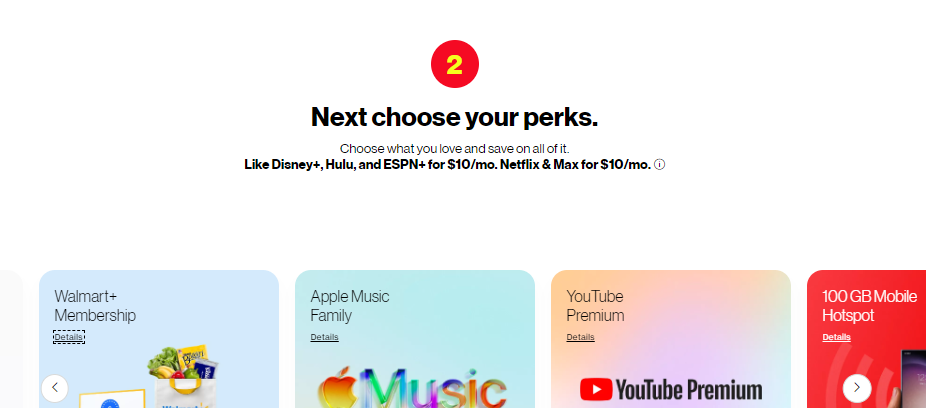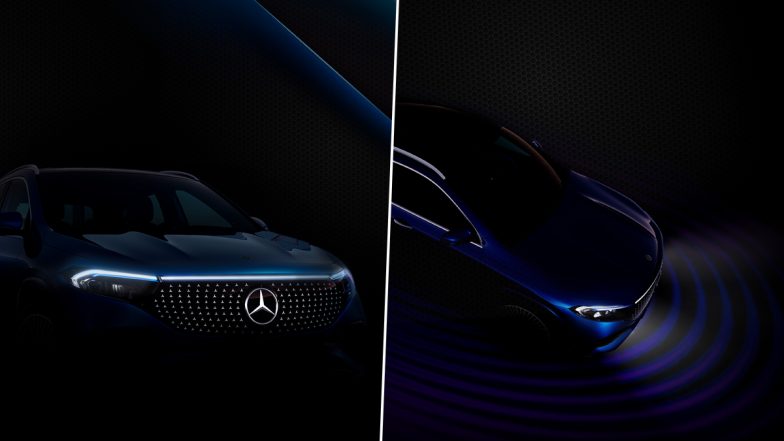Advancing toward a preventative HIV vaccine
A major challenge in developing a vaccine for HIV is that the virus mutates fast — very fast. Although a person initially becomes infected with one or a few HIV strains, the virus replicates and mutates quickly, resulting in a “swarm” of viral strains existing in a single body. But scientists at Scripps Research; IAVI; the Ragon Institute of Mass General, MIT, and Harvard; La Jolla Institute for Immunology; and additional institutions have conducted a series of preclinical trials indicating that they’re potentially closer to an immunization regimen than ever before — one that could produce rare antibodies that would be effective against a wide range of HIV strains.
Published in Science, Science Immunology, and Science Translation Medicine on May 16, 2024, the findings are outlined in four individual papers and build on a 2022 phase I clinical trial conducted by the nonprofit scientific research organization IAVI. The findings represent a key step forward in an immunization strategy that could protect against the virus.
“All in all, these studies show that we have a good chance at creating an effective HIV vaccine — we just need to keep iterating and build on these findings in future clinical trials,” says co-senior author of all four studies, William Schief, PhD, who is also a Scripps Research professor; vice president for antigen design and selection, Infectious Disease Research, at Moderna, Inc.; and executive director of vaccine design at IAVI’s Neutralizing Antibody Center.
The HIV vaccine strategy involves stimulating the body to produce mature broadly neutralizing antibodies (bnAbs). bnAbs are among the immune system’s key players in fighting HIV, since they can block many variants of the virus. The problem is that bnAbs produced by the human body are rare. The IAVI trial, spearheaded in part by Schief, focused on inducing the immune cells that could eventually evolve into the right bnAbs — ones that could protect host cells from multiple HIV strains. These precursor immune cells, known as B cells, were stimulated with the help of a priming immunogen — a customized molecule to “prime” the immune system and elicit responses from the correct precursor cells.
But the primer also requires additional “booster” immunogens to coax the immune system into producing not just precursor cells, but coveted VRC01-class bnAbs — a rare and specific class of antibodies known to neutralize more than 90 percent of diverse HIV strains. Boosters are also needed for the production of BG18 — another important bnAb class that binds to sugars on the HIV spike protein. That’s where the new studies come in: Researchers developed immunization regimens that could prime either VRC01 or BG18 precursors, and subsequently boost those precursors further down the path toward becoming bnAbs.
“The results contained in these papers are deeply exciting and further support the germline-targeting strategy to HIV vaccine development that IAVI and our partners are pursuing,” says Mark Feinberg, MD, PhD, president and CEO of IAVI. “We look forward to continuing our collaboration with Scripps Research and partners to advance further research building on these promising findings.”
This groundbreaking science is enabled by collaboration between scientific institutions and funding partners. Without the ongoing, critical support of the Scripps Consortium for HIV/AIDS Vaccine Development (CHAVD), the Collaboration for AIDS Vaccine Discovery (CAVD), the Bill & Melinda Gates Foundation, and Moderna (the manufacturer of the mRNA used in these studies), this research would not have been possible.
Priming rare antibodies
In the first study, which focused on BG18, Scripps Research scientists collaborated with co-senior authors Shane Crotty, PhD, chief scientific officer at La Jolla Institute for Immunology, and Devin Sok, PhD, former vice president, discovery and innovation at IAVI. Using a priming immunogen, they consistently primed exceptionally rare BG18 precursors in a wild-type animal model.
To confirm they were able to prime the correct precursors, the researchers then teamed up with Andrew Ward, PhD, Scripps Research integrative structural and computational biology professor and co-senior author of the study. Using cryo-EM structural analysis, they validated that the antibodies were indeed part of the BG18 class.
“The fact that priming worked well in macaques suggests that it has a good chance of succeeding in humans,” says co-first author, Jon Steichen, PhD, an institute investigator in the Department of Immunology and Microbiology at Scripps Research.
Steichen was also co-first author on a second study, in which mice were modified to produce a low frequency of BG18 precursors. Scripps Research and IAVI scientists, along with the team of co-senior author Facundo Batista, PhD, associate director and scientific director of the Ragon Institute of MGH, MIT, and Harvard, used priming methods similar to the ones used in the first paper. However, a key difference was that this time, they also administered one of two boost immunogens using RNA technology. This resulted in boosting the primed B cells to adapt to recognize more native-like versions of HIV.
“This study showed that we can start to walk the B cells along toward bnAb development,” Steichen explains.
Supercharging the immune system into action
For the third study, Schief and his team worked with IAVI scientists, wherein they primed a mouse model with the same immunogen used in the 2022 IAVI clinical trial. This resulted in mice that produced VRC01-class precursor B cells similar to those found in people. But the researchers also designed a new booster immunogen to drive the antibody response toward becoming matured bnAbs — the next vital step in a sequential immunization series that could effectively fight HIV. The results: a “prime-boost” regimen that can drive VRC01-class B cells toward bnAb development.
“The findings demonstrate that we are able to make the antibody responses go in the right direction using this heterologous booster, which administers a different version of the vaccine than was given previously,” says Christopher Cottrell, PhD, a senior staff scientist at Scripps Research who was the first co-author on this study.
Understanding the immunology
In the fourth and final study, on which Cottrell was also a co-first author, the team worked again with Batista’s team at the Ragon Institute and used the same immunogens — but in a different mouse model where his team could control the frequency of bnAb precursors that were modified to be similar to those found in humans. This allowed the researchers to take a deeper dive into the immunology associated with HIV vaccination by examining the germinal centers — specialized microstructures in the body that protect against viral reinfection. Germinal centers provide B cells with a space to rapidly increase and mutate their antibody genes, ultimately helping the immune system fight off viral strains.
In addition, the researchers examined how germinal centers accumulate HIV mutations over time. They found that a prime-boost regimen increased precursor B-cell activity in germinal centers across different lineages, which could eventually lead to an increase in matured VRC01-class bnAbs.
What’s next
Overall, all four papers confirm that the priming step to turn on the right bnAb precursors is possible when it comes to developing an HIV vaccine. Three of those papers specifically demonstrate that it’s also possible to guide antibody precursors toward becoming bnAbs that can fight HIV.
“Taken together, the findings give us more confidence that we’re able to prime precursors from multiple bnAb targets, and they also show that we’re starting to learn the rules for how to advance precursor maturation through heterologous boosting,” Schief added.
Following these results, the researchers are advancing phase 1, experimental medicine trials for both the VRC01 and BG18 projects. Vaccines aiming to prime and boost VRC01-class antibodies are being further evaluated in two clinical trials run by IAVI, IAVI G002 and IAVI G003, and a vaccine to prime BG18-class responses is being evaluated in HVTN144. These studies use both adjuvanted protein immunizations (IAVI G001 and HVTN144) and mRNA delivery (IAVI G002 and G003).
The results of these studies will guide the critical next steps on the discovery path to an HIV vaccine.















